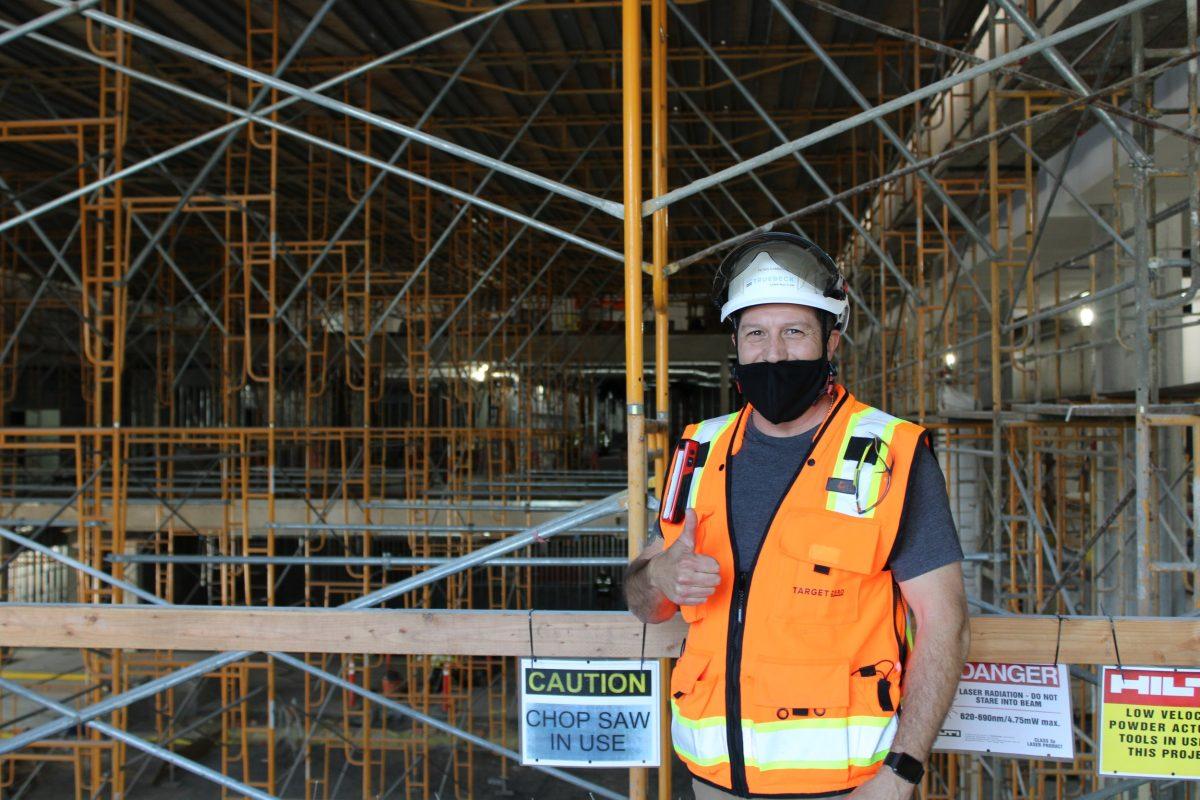It’s no secret that Sonoma State University has been ignoring the presence of asbestos throughout campus. The SSU community has been notified of exposure on a yearly basis for the past seven years. It started in 2015 when Thomas Sargant, a former SSU employee, noticed a chalky substance on the roof of the physical education building. He reported it to the department director, who made a negligent decision to only cover it in paint. Sargent showed concern when instead of hiring a trained contractor to clean the roof beforehand, the department director ordered a maintenance worker to disperse it with a leafblower.
As a result of Sargent’s whistleblowing, the university took it upon themselves to terminate him after 24 years of employment instead of attempting to solve the asbestos issues in any manner. He later sought out $15 million dollars in damages alleging that the retaliation of the top ranking officials was the cause.
SSU has been sending out an annual special notice of the presence of asbestos to the community since the initial discovery in 2015. The notice is provided in pursuant to the California health and safety code section 25915. SSU acknowledges the negative impacts asbestos exposure has, but feels they are monitoring and making sure it’s safe enough to proceed without adjusting any structures. The notice reads, “Do not drill holes, hang plants or other objects from walls or ceilings made of asbestos-containing construction materials.”
Expecting humans, young adults and even the children in the children’s school to not make mistakes and possibly risk exposing themselves to asbestos is a little unrealistic. It wasn’t until the 2021-22 school year that students were no longer residing in the Zinfandel residence halls. On the list of buildings on campus containing asbestos the whole Zinfandel village is lit up in magenta, signifying significant quantity and distribution of asbestos and lead in construction materials. Before SSU decided to take students out of these affected halls, how did they make sure nobody was getting exposed? Why did it take so long to remove students from these residence halls?
Mariah Brown, a third year psychology major, lived in Zinfandel during her freshman year at SSU. Brown said she feels incredibly upset knowing they allowed students to live in these buildings considering the issue was present way before her and others resided there. “It’s a serious issue that can lead to a series of health problems including cancer… I am definitely worried at how much I hung on my walls not knowing the risk. I didn’t realize decorating my dorm would lead to so much worrying about my health,” said Brown.
Asbestos is a naturally occurring substance found in construction materials used for insulation. Asbestos.com states, “When asbestos dust is inhaled or ingested, the fibers can become permanently trapped in the body. Over decades, trapped asbestos fibers can cause inflammation, scarring and eventually genetic damage.”
Exposure to asbestos can cause cancer and more specifically a rare and aggressive form called mesothelioma, which happens to be exclusively caused by asbestos.
The university spent about $3.5 million on legal fines regarding the neglect of asbestos-ridden buildings. For example, $725,000 dollars was dispersed to all teachers and staff who worked in Stevenson Hall from May 2013 to March 2015.
SSU is most likely putting more focus on other projects and jobs they find a higher priority, which is jarring considering this is a major health issue that can lead to lifelong ailments.
In the midst of the ever-present pandemic, the CSU system and SSU itself have seen a decline in students, residents, and finances to support the university. While the disruption of the pandemic might influence some of the neglect regarding asbestos removal, SSU officials are still risking financial and legal violations. It’s shocking that after having to pay so much to renovate Stevenson Hall, administration is still willing to take the risk of another possible lawsuit or fee.
The asbestos issues aren’t something light the school can procrastinate for much longer. It may seem like something that can wait a little longer, but in the midst of a global pandemic, tomorrow is never certain. Who knows what other foreseen events will come to be in the future? Everyone understands procrastination well and how stressful the consequences can be, but procrastination is for essays, not clearing poisonous building materials out. What is SSU’s plan if they run out of finances and also come to a place where the asbestos cannot sit there any longer? It’s better to take care of the issue when able than to wait and risk worse repercussions.





![[Both photos courtesy of sonoma.edu]
Ming-Ting Mike Lee stepped in as the new SSU president following Sakakis resignation in July 2022](https://sonomastatestar.com/wp-content/uploads/2024/04/CC4520AB-22A7-41B2-9F6F-2A2D5F76A28C-1200x1200.jpeg)



























